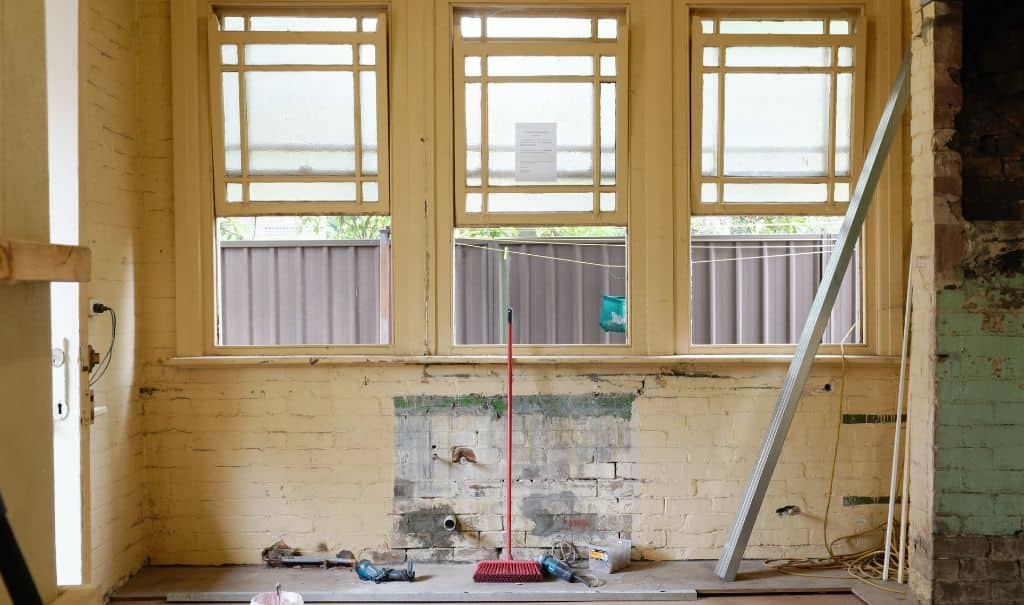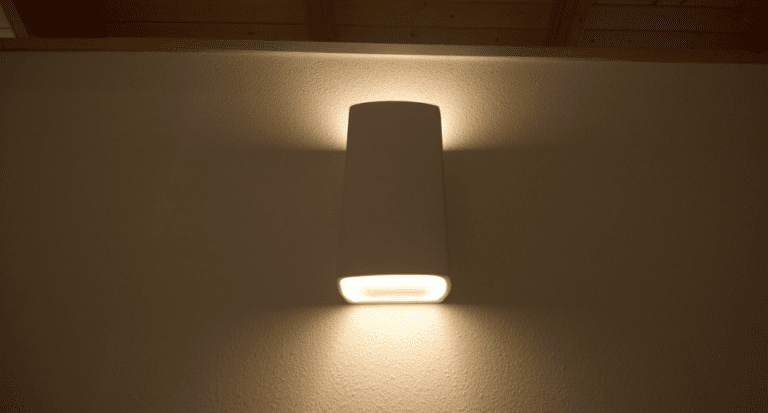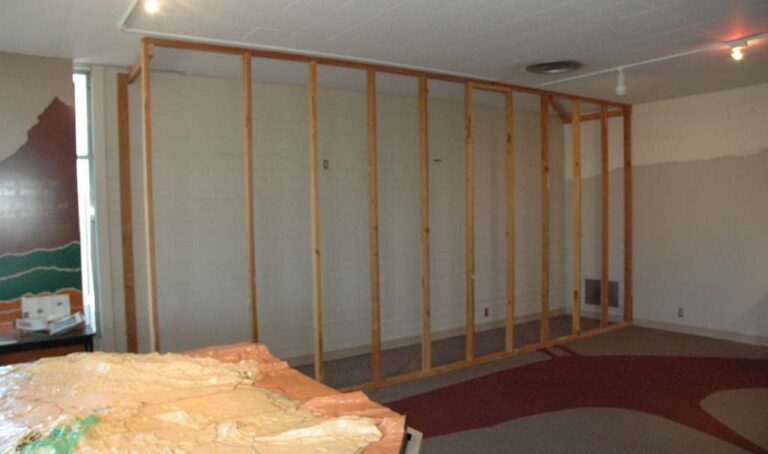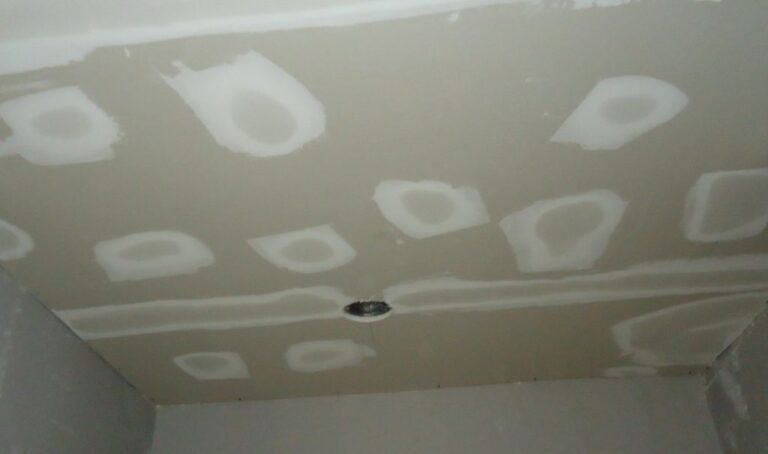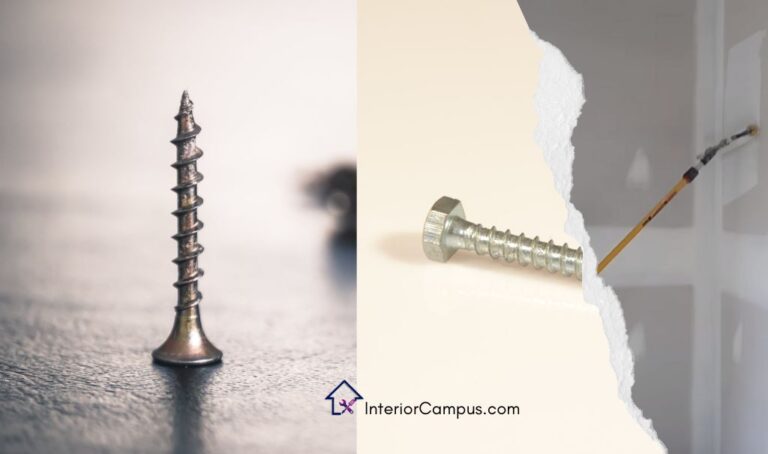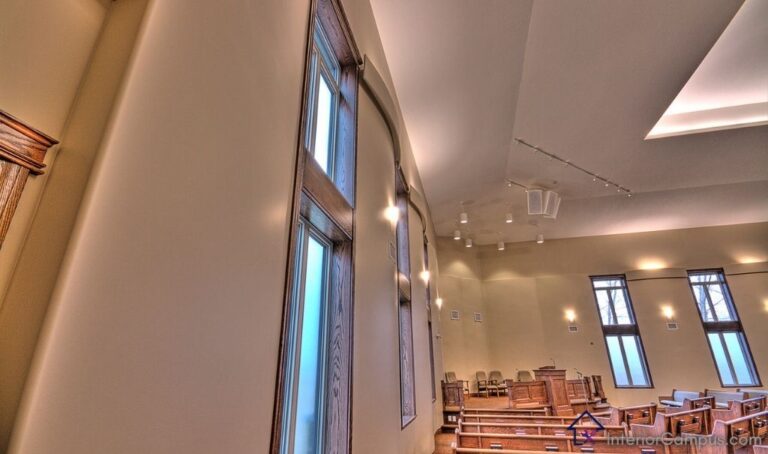Can Drywall Compound Be Used Outside?
Today, we’re tackling a burning question that has left many scratching their heads: Can drywall compound be used outside?
No, the drywall compound is not suitable for outdoor use. It lacks the necessary durability and weather resistance to withstand the elements. Moisture absorption can lead to mold and mildew growth. Consider alternatives like cement-based stucco, exterior-grade paints, fiber cement boards, or exterior-grade plasters for outdoor projects.
In this exciting journey, I’ll explore the primary purpose of drywall compound, its limitations for outdoor use, and alternative applications that might surprise you.
Get ready to unleash your creative genius and transform your indoor spaces into jaw-dropping masterpieces. But fret not, my curious comrades, for I promise to equip you with the knowledge and insights you need to make informed decisions and embark on your DIY quests with confidence.
So, fasten your tool belts, grab your paintbrushes, and let’s dive into the fascinating world of drywall compounds in the great outdoors!
Primary Purpose and Typical Applications

Drywall compound, with its intrinsic complexity, plays the role of a skillful operator for your indoor partitions and overhead surfaces. Visualize it as the caped crusader swiftly arriving to establish seamless facades by obscuring joints, screws, and nails. This ingenious blend acts as the secret ingredient, granting your walls a flawless veneer, and transforming your dwelling into an idyllic haven.
Traditionally, drywall compound has been the trusted ally for indoor applications. Like a dependable comrade, it tirelessly assists in taping and refining drywall joints. Thanks to its exceptional adhesion and malleability, it has earned the admiration of both DIY enthusiasts and seasoned professionals.
But what about venturing beyond the confines of interior spaces with drywall compound? Well, that’s akin to expecting your pet goldfish to participate in the grandeur of the Olympics.
Drywall compound is ill-equipped to withstand the formidable adversaries of the great outdoors: the sun’s rays, rainfall, gusty winds, and extreme temperatures. Under such duress, it succumbs and resembles nothing more than a melting popsicle on scorching summer days.
So, while drywall compound may be a superstar indoors, it’s best to keep it within its comfort zone. Let it work its magic where it shines brightest—indoors! And remember, when it comes to outdoor projects, explore alternative materials that are specifically designed to withstand the elements.
Factors that Make it Unsuitable for Outdoor Use
Now, my savvy DIYers, let’s dive into the nitty-gritty of why drywall compound isn’t your knight in shining armor when it comes to outdoor escapades. Drywall compound, with its smooth texture and impeccable finish, is like the James Bond of interior construction. But once it steps outside, it’s more like a fish out of water. Let me explain why:
- Weather Exposure: We all know the great outdoors can be a wild and unpredictable place. Drywall compound, unfortunately, isn’t built to handle Mother Nature’s wrath. It’s like sending a delicate ballerina to wrestle with a tornado. The sun’s scorching rays, rain showers that turn into downpours, gusty winds, and those sneaky temperature fluctuations can wreak havoc on this unsuspecting compound.
- Durability: When it comes to outdoor projects, durability is the name of the game. Drywall compound, bless its heart, isn’t up for the challenge. It’s like expecting a fluffy bunny to pull a heavy cart.
Outdoor surfaces face a lot of wear and tear, from rowdy kids playing tag to enthusiastic pets chasing their tails.
The poor compound just can’t take the beating and might end up cracking, peeling, or simply throwing in the towel. - Moisture Absorption: Ah, moisture, the arch-nemesis of drywall compound. You see, this compound has a secret weakness—it loves to absorb moisture like a sponge. But outdoors, where raindrops fall freely and humidity levels dance like nobody’s watching, it’s a recipe for disaster. Moisture can turn your beautiful surface into a breeding ground for mold and mildew, which is no party for your health or the overall appeal of your outdoor masterpiece.
So, let’s keep the drywall compound where it shines brightest—in the cozy confines of our indoor spaces. Outdoors, it’s like a fish trying to climb a tree—a valiant effort, but ultimately doomed to fail. If you’re venturing into the great outdoors with your projects, be sure to seek out materials specifically designed for outdoor use. Give your creations the sturdy, weather-resistant companions they deserve.
Potential Uses of Drywall Compound Outside
Now, my ingenious DIY warriors, let’s explore the realm of possibilities when it comes to using drywall compounds in the great outdoors. While it may not be the obvious choice for outdoor projects, there are some scenarios where this versatile material can still find its moment to shine. Let’s dig in and uncover those hidden gems!
- Highlighting Scenarios where Outdoor Use Might be Considered: In certain low-impact outdoor projects, such as decorative garden structures or small-scale artistic endeavors, drywall compound can flex its creative muscles.
- A charming garden gnome or a whimsical fairy house with a smooth, flawless finish. Just remember folks, these ventures require caution and protective measures to shield the compound from its mortal enemies—moisture and unpredictable weather.
1 Presenting Real-Life Examples
Now, let me regale you with tales of real-life adventurers who have braved the uncharted territories of using drywall compounds outdoors. These bold souls have ventured into the realm of custom planters that give flowers a touch of royalty, and awe-inspiring sculptures that turn heads with their creative flair.
But, a word of caution: these endeavors require extra care and maintenance. Think of it as a delicate dance between your artistic vision and the unpredictable elements.
So, be prepared to give your outdoor masterpieces the attention they deserve to keep them looking their best. Remember, folks, creativity knows no bounds, but it does appreciate a sturdy foundation!
Let your creativity soar but keep in mind the boundaries of this brave material. Explore the potential of drywall compound in these special scenarios, but always remember to treat it with the care and respect it deserves.
As we continue this DIY journey together, I’ll be here to inspire and guide you. Stay tuned for more tips and tricks that’ll make your interior spaces sing with joy.
2 Limitations and Challenges
Now, let’s face the music and talk about the limitations and challenges that come hand in hand with using drywall compounds outdoors.
We’re talking about issues such as weather resistance—battles with the sun, rain, wind, and temperature fluctuations. Durability is another concern; outdoor surfaces face heavy-duty action, and drywall compound is more of a delicate dancer than a heavyweight champion.
And let’s not forget the notorious moisture absorption—it’s like a magnet for trouble when it comes to mold and mildew. So, my courageous DIYers, consider these challenges before embarking on your outdoor adventures with drywall compound.
Alternatives to Drywall Compound for Outdoor Projects
Now that we’ve established that drywall compound isn’t the knight in shining armor for outdoor projects, fear not, my resourceful DIY enthusiasts! There’s a world of alternatives out there that are specifically designed to withstand the challenges of the great outdoors. Let’s explore a few options that will have your outdoor projects standing strong and proud:
- Cement-Based Stucco: This mighty warrior is built to last. With its exceptional durability and weather resistance, it can tackle even the harshest elements. Stucco is like the superhero cape your outdoor surfaces deserve, providing a solid and long-lasting finish.
- Exterior-Grade Paints: Don’t underestimate the power of a good paint job! Exterior-grade paints are formulated to brave the elements and come in a wide range of colors and finishes. Give your outdoor surfaces a fresh coat of paint and watch them transform into works of art.
- Fiber Cement Boards: Think of these as the bodyguards of outdoor construction. Fiber cement boards offer the perfect blend of strength, moisture resistance, and versatility. They’re like the Swiss Army knives of outdoor materials, capable of handling everything from siding to decorative elements.
- Exterior-Grade Plasters: When it comes to creating texture and depth, exterior-grade plasters are the way to go. These tough cookies are designed to endure the outdoor elements while providing a visually stunning finish. From rustic charm to sleek modernity, the possibilities are endless. (Also read, Does Drywall Need to Be Plastered? Common MYTHS)
Remember, my ingenious DIY warriors, these alternatives are like a dream team for outdoor projects. They have the superpowers to withstand the elements and keep your creations looking fantastic for years to come. So, embrace the strength and durability they offer, and let your outdoor projects shine!
As we continue this DIY journey together, I’ll be here to provide guidance and inspiration. Stay tuned for more tips and tricks that’ll make your home the envy of the neighborhood. Remember, my friends, the world of outdoor construction is vast and exciting. With the right materials by your side, you’ll conquer any project with style and finesse.
Conclusion
In a nutshell, the drywall compound is the unrivaled champion of indoor projects. But when it comes to the great outdoors, it’s like a fish trying to climb a tree—a valiant effort, but ultimately destined to fail. So, my crafty companions, let’s leave the outdoor conquests to materials designed for that purpose.
Trust me, your outdoor projects deserve a sturdy companion that can weather any storm. Stay dry, stay creative, and remember, superheroes of the construction world are waiting to save the day!
